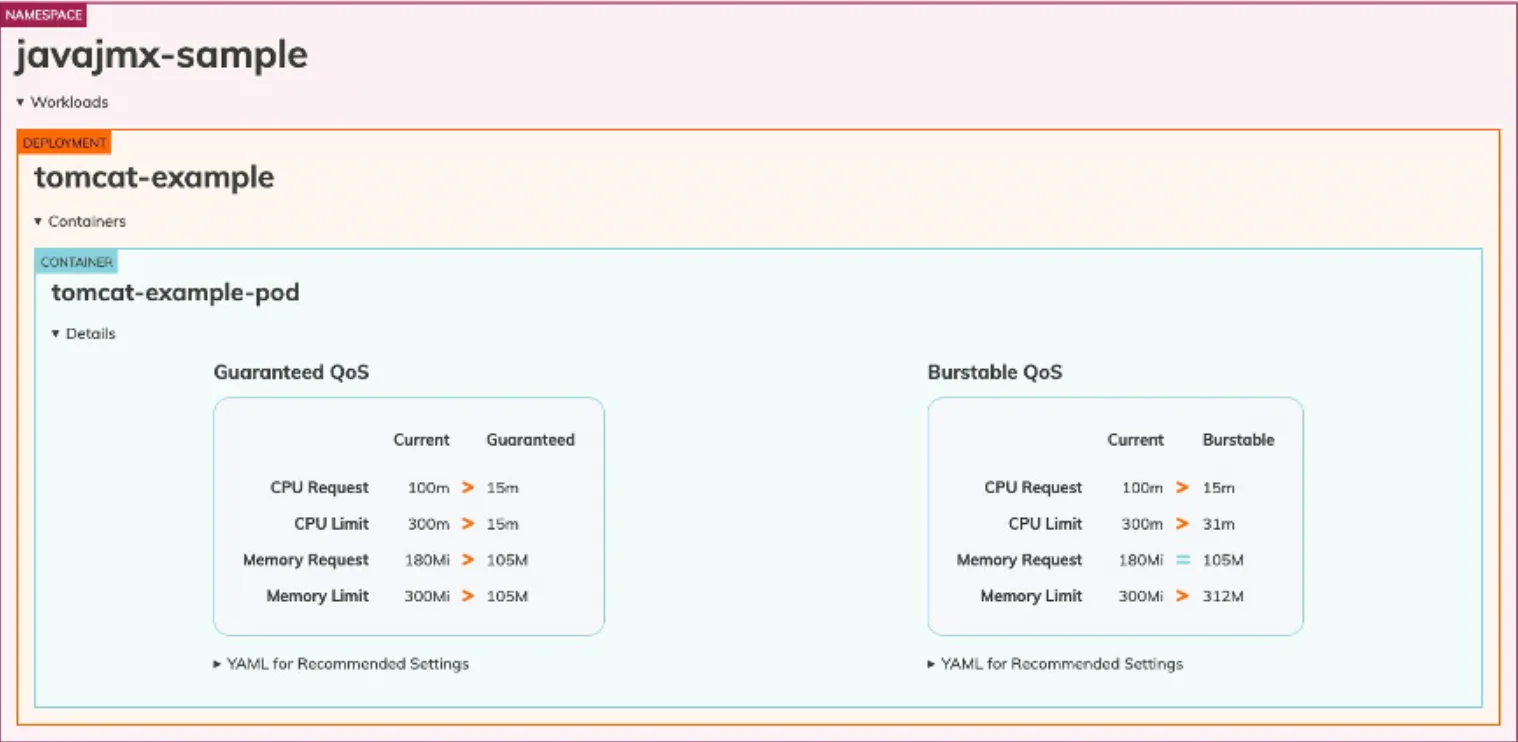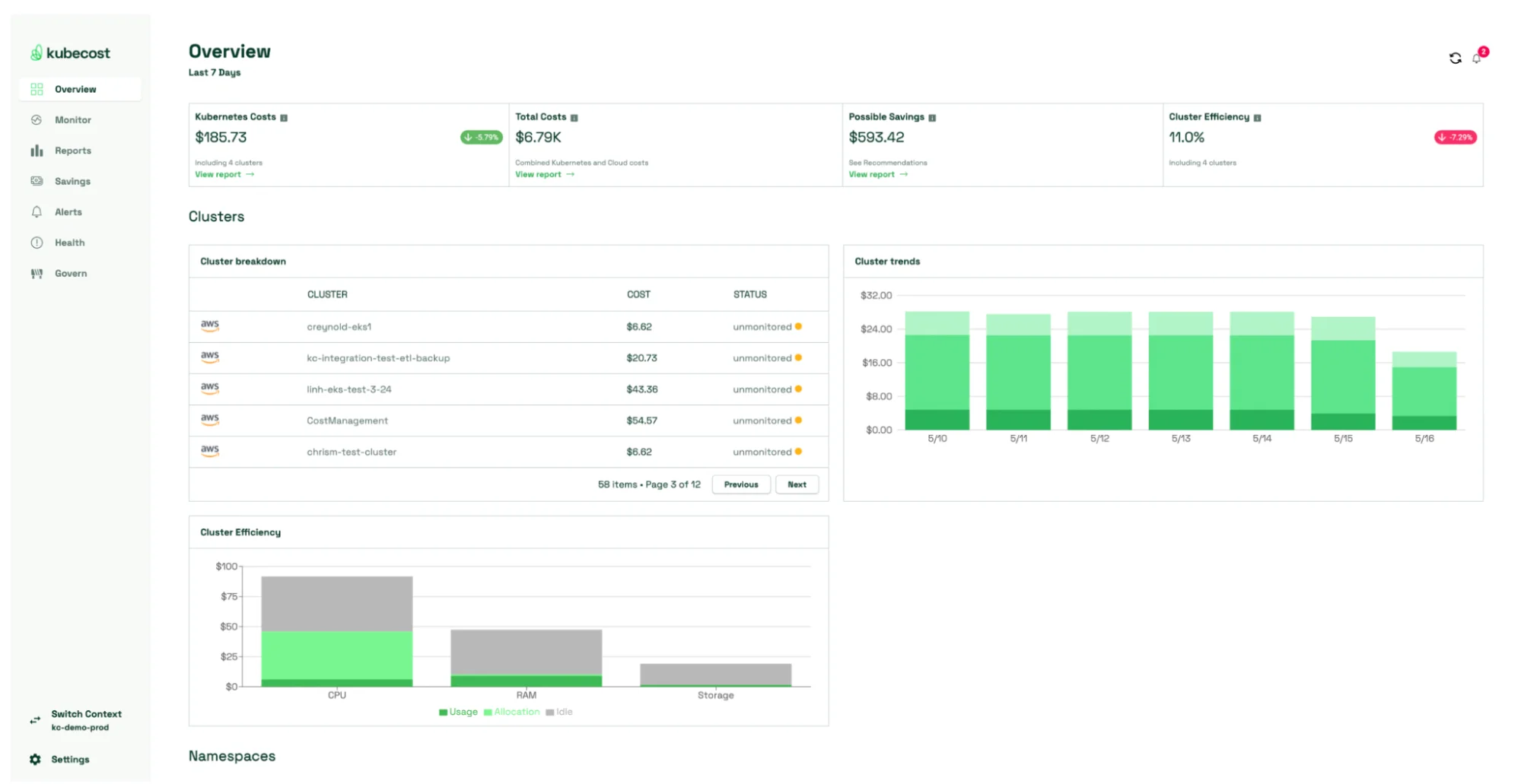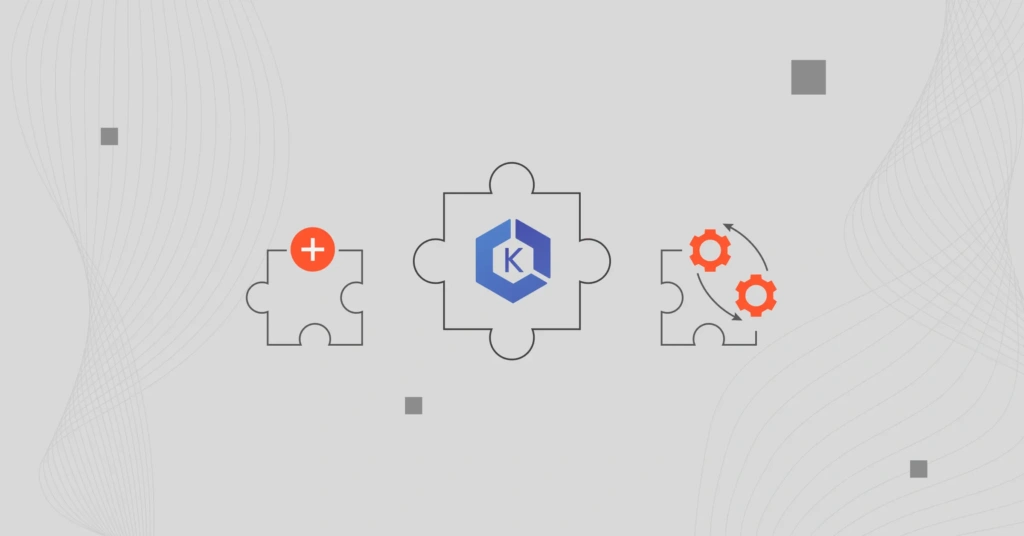Amazon Kubernetes Service (EKS) has rapidly become the de facto solution for organizations seeking to deploy, manage, and scale containerized applications using Kubernetes. EKS simplifies the complexities associated with Kubernetes, allowing teams to focus on developing and deploying applications more efficiently.
However, as organizations scale their Kubernetes environments, managing and optimizing costs can quickly become a significant concern.
Cost optimization within a Kubernetes environment is essential for organizations looking to maximize the value of their investment in EKS. Many companies have turned to third-party tools designed specifically to identify and address potential cost savings within Kubernetes clusters.
Tools like Goldilocks and Kubecost are prime examples of how organizations can gain actionable insights into their Kubernetes resource usage, helping to optimize allocations and, ultimately, reduce overall costs. But are these tools the best option for you?
This article will explore these tools and others, examining their features, benefits, and the impact they can have on organizations EKS-related expenses.
How Third-Party Tools Optimize EKS Clusters
Third-party tools designed for Kubernetes environments, such as Amazon EKS, play a vital role in assisting organizations to optimize costs. These tools provide granular insights into resource usage, helping organizations identify and eliminate inefficiencies, as well as streamline their deployments to align more closely with actual resource needs.
This level of optimization is crucial within scaling Kubernetes environments, as the potential for unnecessary costs can escalate quickly.
By leveraging third-party tools, organizations can achieve a balance between performance and cost, ensuring that their EKS clusters are not only efficient but also cost-effective. Goldilocks and Kubecost are two prominent examples of third-party tools that have been designed with cost optimizations in mind.
Goldilocks helps organizations to right-size their Kubernetes deployments, ensuring that resources are allocated optimally, thus preventing over-provisioning and reducing wastage. Similarly, Kubecost provides detailed insights into spend within a cluster, enabling organizations to pinpoint where their money is going and how it can be better utilized.
Deep Dive: Goldilocks

Goldilocks deployed within an EKS Cluster
Delving deeper into Goldilocks, we see a tool uniquely positioned to tackle the challenge of resource optimization within Kubernetes environments. It operates by analyzing the actual resource usage of pods and provides recommendations on the optimal resource allocations based on that usage.
This can prevent over-provisioning — where too many resources are allocated than is necessary — and consequently reduce the amount of wasted resources.
The ability that Goldilocks has to right-size deployments is crucial in achieving a balance between performance and cost, especially as Kubernetes environments grow and become more complex.
In practice, Goldilocks works by deploying a set of controllers within your Kubernetes cluster. These controllers are responsible for collecting data on resource usage and comparing it to the limits set by cluster admins.
If the limit is too high or too low compared to actual usage, Goldilocks will provide recommendations on what the ideal limits should be. This information is invaluable as it empowers organizations to make informed decisions about their resource allocations, ultimately driving down costs and ensuring that the EKS cluster is running efficiently.
With the insights provided by Goldilocks, organizations can fine-tune their deployments, optimize resource usage, and unlock cost savings that contribute to a better bottom line.
Deep Dive: Kubecost

Now, let’s take a closer look at Kubecost, which is another tool available for managing costs in Kubernetes environments. Kubecost focuses on offering visibility into resource usage and expenditure within a cluster, providing data and insights to aid in cost management decisions.
Kubecost’s approach involves analyzing data from various sources like cloud provider billing, custom metrics, and Kubernetes itself, aiming to present a detailed view of the cost of running the cluster. The tool breaks down costs by namespace, deployment, service, and label, which can help organizations understand their spending patterns.
In addition to its cost analysis capabilities, Kubecost also offers budgeting and forecasting tools, allowing organizations to set budgets for their Kubernetes environments and receive alerts when they are at-risk for for exceeding those budgets. The forecasting feature enables adopters of the tool to predict future costs based on historical data, helping them to plan and allocate resource more effectively.
Kubecost offers a range of features aimed at helping organizations using EKS to potentially reduce their costs and optimize resource utilization.
How Can CloudZero Help Us?
Adding to the list of essential solutions for optimizing costs within EKS environments, CloudZero stands out as a pivotal platform for teams looking to enhance their financial observability within cloud environments, including Kubernetes clusters.
The Cloudzero cloud cost intelligence platform is designed to provide real-time insights into cloud costs, empowering businesses to understand where every dollar is spent. This level of visibility is crucial, especially when dealing with the complexities of EKS clusters, as it enables organizations to precisely pinpoint areas where costs can be trimmed.
CloudZero capabilities are tailored to provide a granular view of cloud spending, breaking down costs by service, team, and environment.
This is particularly valuable for administrators managing EKS clusters, as they can easily identify which specific deployments or services are driving costs and make informed decisions to optimize resource usage.
Additionally, CloudZero offers anomaly detection, which automatically alerts administrators of unexpected spikes in spending, thereby preventing budget overruns.
By integrating CloudZero with EKS, organizations are equipped with the solution they need to not only lower costs and identify inefficiencies but also align their cloud spending with business outcomes, ensuring they are getting the most value out of their investment into Kubernetes.
Conclusion
In conclusion, the integration of third-party solutions alongside Amazon EKS, is an intelligent step for anyone looking to optimize their Kubernetes environments and achieve significant cost savings.
By providing actionable insights, these platforms empower teams to make informed decisions that align resource usage with actual needs, prevent over-provisioning, and uncover potential inefficiencies.
The granular data and recommendations offered are invaluable in helping organizations strike the right balance between performance and cost, ultimately ensuring the efficiency and cost-effectiveness of their EKS clusters.
As the adoption of Kubernetes continues to grow, the importance of cost optimization within these environments cannot be overstated.
Organizations must be proactive in managing their EKS-related expenses to maximize the value of their investments. By leveraging the right tools and strategies, companies can unlock cost savings, improve resource utilization, and drive better business outcomes.
Ultimately, the integration of third-party platforms like CloudZero with EKS is a strategic move that can significantly enhance an organization’s ability to manage and optimize its Kubernetes environments, leading to a stronger bottom line.








